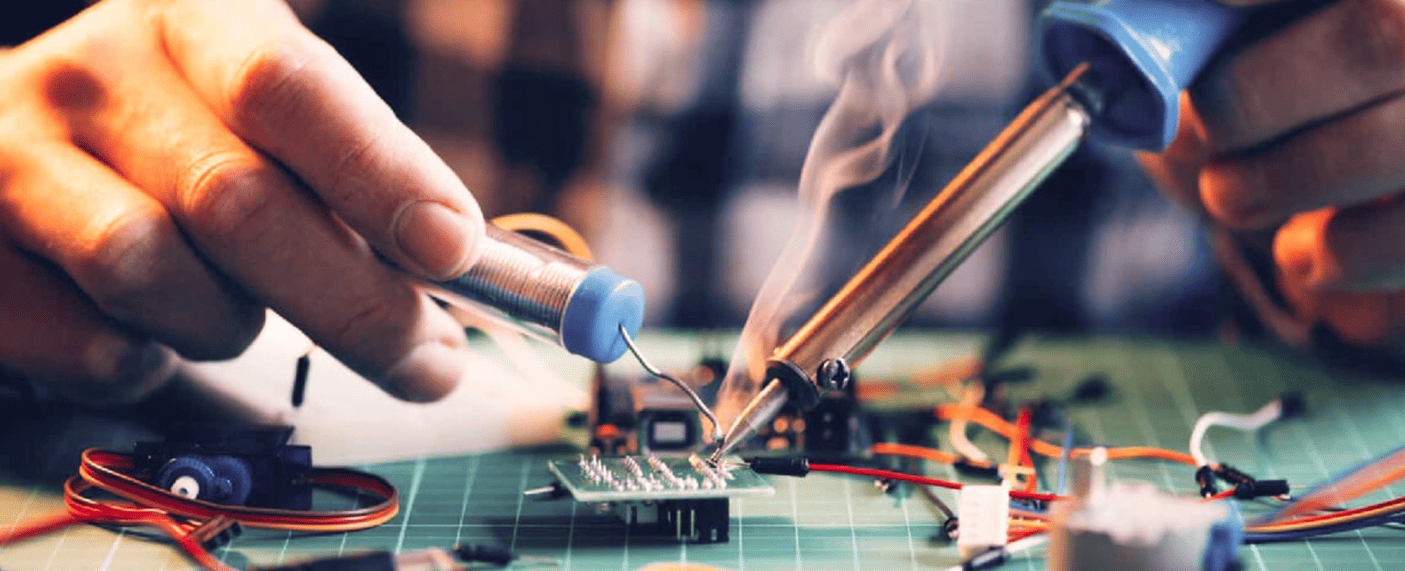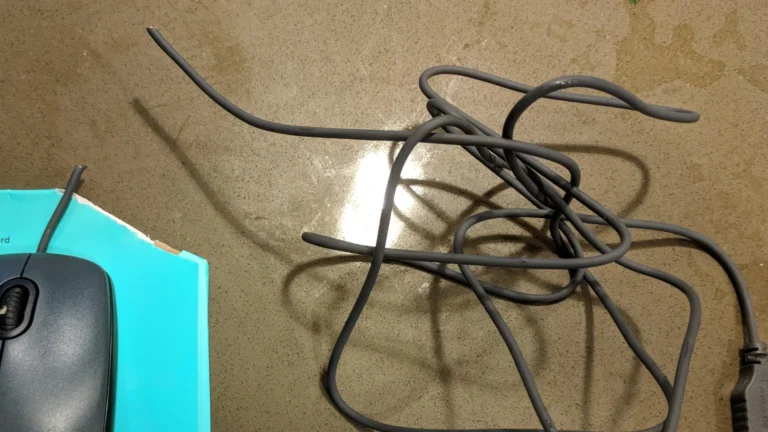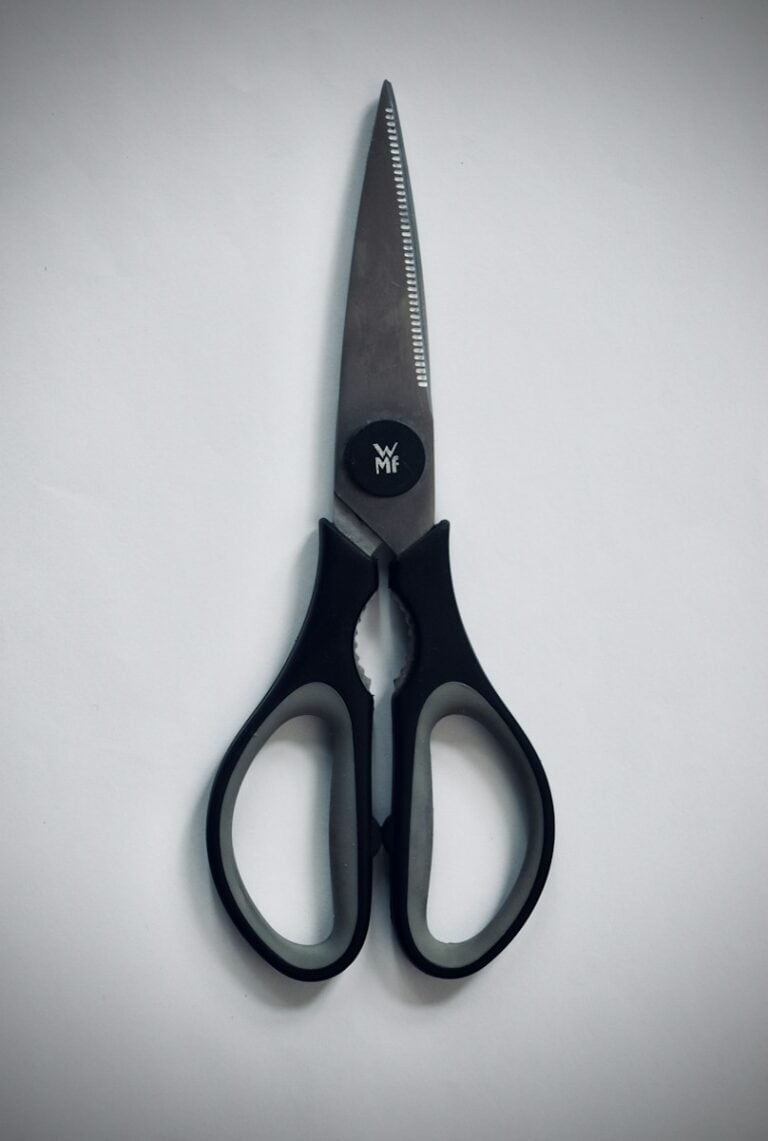Sticking metal to metal is a common task in many DIY projects, repairs, and industrial applications. But with so many different methods available, it can be challenging to know which one is best for your specific needs. And doing it without having to use welding is actually easier than you might think. By selecting the right adhesive and preparing the surfaces properly, a strong bond can be achieved.
Start by gathering the required materials including metal-specific glue and sandpaper. Work in a clean, ventilated space. Sand the metal surfaces with 150- to 220-grit sandpaper to create a rough texture that helps the glue stick well. Many types of glue are available for metal bonding, including epoxy, super glue, and polyurethane. The choice depends on the specific needs of your project. With the metal parts cleaned, sanded, and the right adhesive chosen, you are ready to create a strong bond.
1. Surface Preparation (The Most Important Step)
Before any bonding, clean and prepare the surfaces:
- Degrease: Remove oils and dirt with acetone, isopropyl alcohol, or a degreasing agent.
- Remove oxides/contaminants: Light sanding, wire brushing, or abrasive blasting improves adhesion.
- Dry thoroughly: Moisture weakens bonds.
(source: MasterBond)
2. Adhesive Bonding (Best for DIY & General Use)
Modern adhesives can create surprisingly strong metal-to-metal bonds.
Types of adhesives for metal:
- Epoxy – High strength, gap-filling, chemical- and heat-resistant. Great for structural bonds.
- Polyurethane adhesives – Flexible, impact-resistant, good for dynamic loads.
- Methyl methacrylate (MMA) – Industrial-grade, excellent for heavy-duty bonding.
- Cyanoacrylate (super glue) – Fast-setting, good for small parts but brittle under stress.
💡 Tip: Clamp the parts together while curing for maximum strength.
(source: Chemical Concepts)
3. Welding (Permanent, Structural Bond)
- MIG/TIG/Stick welding melts the metals together, creating a permanent joint.
- Best for structural or load-bearing applications.
- Requires skill and proper safety equipment.
4. Brazing & Soldering (Heat-Based Bonding)
- Brazing: Uses a filler metal (like brass or silver alloy) that melts above 450°C but below the base metal’s melting point. Stronger than soldering.
- Soldering: Uses tin/lead or lead-free solder at lower temps (~200°C). Common for electronics and delicate parts.
- Both methods create conductive, corrosion-resistant joints.
(source: S-Bond)
5. Mechanical Fastening + Adhesive (Hybrid Method)
For extra durability, combine rivets, bolts, or screws with adhesives.
- Provides both mechanical strength and sealing.
- Common in automotive, aerospace, and construction.
Choosing the Right Method
- Quick repair, small parts → Super glue or epoxy.
- High strength, structural → Welding or brazing.
- Electronics or delicate work → Soldering.
- Vibration or impact resistance → Polyurethane or MMA adhesives.
✅ Pro Tip: Always match the adhesive or bonding method to the load, environment, and temperature your project will face. For outdoor or industrial use, pick adhesives rated for weather, heat, and chemical resistance.
Creating Strong and Durable Metal-to-Metal Bonds
Mechanical Fasteners
These are the most common methods for joining metal pieces. They include screws, bolts, rivets, and nails. These methods create strong, reliable bonds and are often preferred for structural applications.
Welding
This process involves melting the edges of two metal pieces and fusing them together. There are various welding techniques, such as MIG, TIG, and stick welding, each with its own advantages and ideal uses. Welding creates a permanent and incredibly strong bond, perfect for high-stress applications.
Soldering and Brazing
These methods use a filler metal (solder or braze) to join two pieces of metal together. While not as strong as welding, they are useful for smaller projects and creating electrical connections. Soldering typically uses lower temperatures and is suitable for electronics, while brazing is better for joining dissimilar metals.
Adhesives
Metal adhesives, also known as epoxy or structural adhesives, offer a versatile way to bond metal to metal. They are available in various formulations for different applications and can be used to create bonds that are resistant to heat, chemicals, and vibration.
Choosing the Right Method
The best method for sticking metal to metal depends on several factors, including the type of metal, the desired strength of the bond, and the intended application. Consider the following when making your choice:
- Strength: Welding provides the strongest bond, followed by mechanical fasteners, brazing, soldering, and then adhesives.
- Appearance: Adhesives and welding can create a seamless look, while mechanical fasteners will leave visible marks.
- Materials: Some metals are easier to weld than others. Adhesives offer more versatility when bonding dissimilar metals.
- Application: Consider the environmental conditions the bond will be exposed to. Some adhesives are more resistant to heat, moisture, and chemicals than others.
Comparison Table
| Method | Strength | Appearance | Suitability for Dissimilar Metals | Additional Considerations |
|---|---|---|---|---|
| Mechanical Fasteners | High | Visible fasteners | Yes | Requires tools and pre-drilled holes |
| Welding | Highest | Seamless or visible weld | Depends on the type of welding | Requires specialized equipment and skills |
| Soldering | Low to medium | Visible joint | Yes | Suitable for electronics and small projects |
| Brazing | Medium to high | Visible joint | Yes | Stronger than soldering, suitable for higher temperatures |
| Adhesives | Varies | Seamless | Yes | Requires proper surface preparation and curing time |
When working with metal, it’s important to choose the right method to ensure a strong and lasting bond.
Key Takeaways
- Clean and sand the metal surfaces.
- Choose the right adhesive for metal bonding.
- Work in a clean, ventilated space.
Preparing the Metal Surfaces
Preparation is essential for achieving a strong bond between metal surfaces. The following sections outline the steps to clean and smooth the metal to ensure a secure adhesion.
Surface Cleaning and Degreasing
Begin by cleaning the metal surface thoroughly. Use a degreaser to remove oil, grease, or other contaminants. This step ensures no residues prevent proper adhesion. After applying the degreaser, rinse the surface with clean water and let it dry completely.
One can also use a clean cloth or paper towel to dry the metal if time is limited. For rusted surfaces, use a wire brush or scraping tool to remove any loose rust. Ensure the area is free from dirt and rust before proceeding.
Sanding and Smoothing
Once the surface is clean and dry, the next step is sanding. Use fine-grit sandpaper (like 180 to 220 grit) to smooth out the surface. Sanding helps create a rough texture, allowing adhesive to bond better. Sand evenly over the entire area where adhesion is needed.
For areas with gaps or imperfections, use a sanding tool to reach tight spots. Continue sanding until the metal is smooth and free of any debris. After sanding, wipe down the surface with a clean, dry cloth to remove any remaining dust. Make sure the surface is smooth and ready for adhesive application.
Frequently Asked Questions
This section covers key questions about attaching metal to metal using different methods like adhesives, without the need for welding or soldering.
What is the strongest adhesive for bonding metal to metal?
The strongest adhesive for bonding metal to metal is usually a two-part epoxy. These adhesives provide high strength and durability. Popular brands offer products specifically designed for bonding metals. They can handle heavy loads and harsh environments.
Can epoxy glue be used for attaching metal to metal?
Yes, epoxy glue can be used for attaching metal to metal. Epoxies are known for their strong bond and resistance to various elements. They come in two parts that need to be mixed before application. Once cured, they form a durable bond capable of withstanding stress.
What are some effective methods to attach metal to metal without using soldering or welding?
Effective methods to attach metal to metal without soldering or welding include using adhesives, mechanical fasteners like bolts or screws, and rivets. Each of these methods offers a different strength and type of bond, making them suitable for various applications depending on the load and conditions.
How can I bond metal to a metal surface securely at home?
To bond metal at home, start by cleaning both surfaces to remove any dirt or grease. Use a strong adhesive like a two-part epoxy. Follow the instructions carefully for mixing and applying the adhesive. Clamp the pieces together until the adhesive cures completely to ensure a strong bond.
Are there any specific products like Loctite that are recommended for metal-to-metal applications?
Yes, products like Loctite are recommended for metal-to-metal applications. Loctite offers various adhesives, such as their metal bonding epoxies and super glues, which are specially formulated for metal. These products provide strong, durable bonds and are easy to use for both industrial and household repairs.
What alternatives exist for the strongest metal-to-plastic adhesives when bonding with metal?
Alternatives for bonding metal with plastic include using cyanoacrylate (super glue), silicone adhesives, and specialized plastic-to-metal epoxies. Each of these options provides a different level of bond strength and flexibility, making them suitable for various types of projects and environmental conditions.







